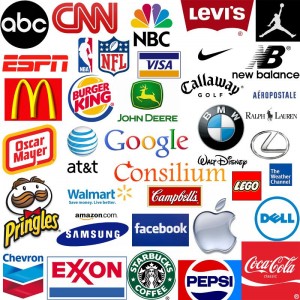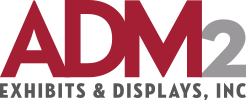
Even with modern innovation, provider loyalty is significantly high these days. Major contributor: company branding. Branding allows any size company to evoke emotional and intellectual responses by creating consistent experiences for their customers. Larger companies spend millions of dollars each year purposely aligning every aspect of their business with the values and qualities that will make them stand out from their competitors. It has paid off significantly. So how does a smaller company without a multi-million dollar marketing budget benefit from this practice? It’s easier than you might think. Here are seven branding tips that can be applied to any size and any stage of business:
- Branding is certainly worth your time and effort. The most successfully branded companies understand that relationships are key when attempting to develop client loyalty. Proper branding builds trust and evokes an emotional response from a current or prospective client.
- Think past the logo. Branding is much more than logo affiliation and recognition. Coca-Cola is not selling cola; it’s promoting happiness. Apple is not selling technology, it’s selling intelligent design, and well, coolness. Nordstrom doesn’t just market their business as an upscale department store; they market themselves as exceptional service providers. Consider making a list of how you want to be known and remembered by your clients and make that as much a guidepost for your image development as the product or service you are offering.
- Store layout IS part of branding. Whether you have multiple offices or you are a one-stop operation, the layout of your space can send very specific messages about who you are and what you represent. Disrupted flow and mismatched design can imply that your company is disorganized and inconsiderate. Put the time and effort into researching the “feel” of the space you desire and consistently duplicate this feel in all spaces, including trade show and travel booths.
- Branding is much more than expensive marketing materials. Don’t be put off by what you might perceive as high cost marketing items. Keep in mind that the purpose of branding is to evoke a consistent emotional experience. Office dress code and mandatory customer service procedures can be just as impactful as expensive campaigns.
- Everything is brandable. These days anything can be branded. Company vehicles can be wrapped, websites tweaked, t-shirts, cards, and other print materials can all be produced with similar style and content. If you can dream it, you can brand it. Think outside the box. Make a list of anything and everything your clients will come into contact with and apply the principles of your desired image.
- A little research goes a long way. Take advantage of the research already out there. Look at businesses both in your industry and out that have the reputation you would like to be known for. Pay attention to their imaging, environments, printed materials, how they handle customer and employee relationships, how they dress, how they communicate to their consumers, the types of advertising they select, etc. A shipping company with a reputation for caring about details might have some marketing concepts you can use in your business even if the industries are different.
- Custom work can actually save you money in the long run.Enlisting the help of a design expert can keep your company from having to reinvent the wheel. Marketing experts have experience on their side. They know what works and what doesn’t. They can help you find a style and template for your brand that you can utilize across the board.

